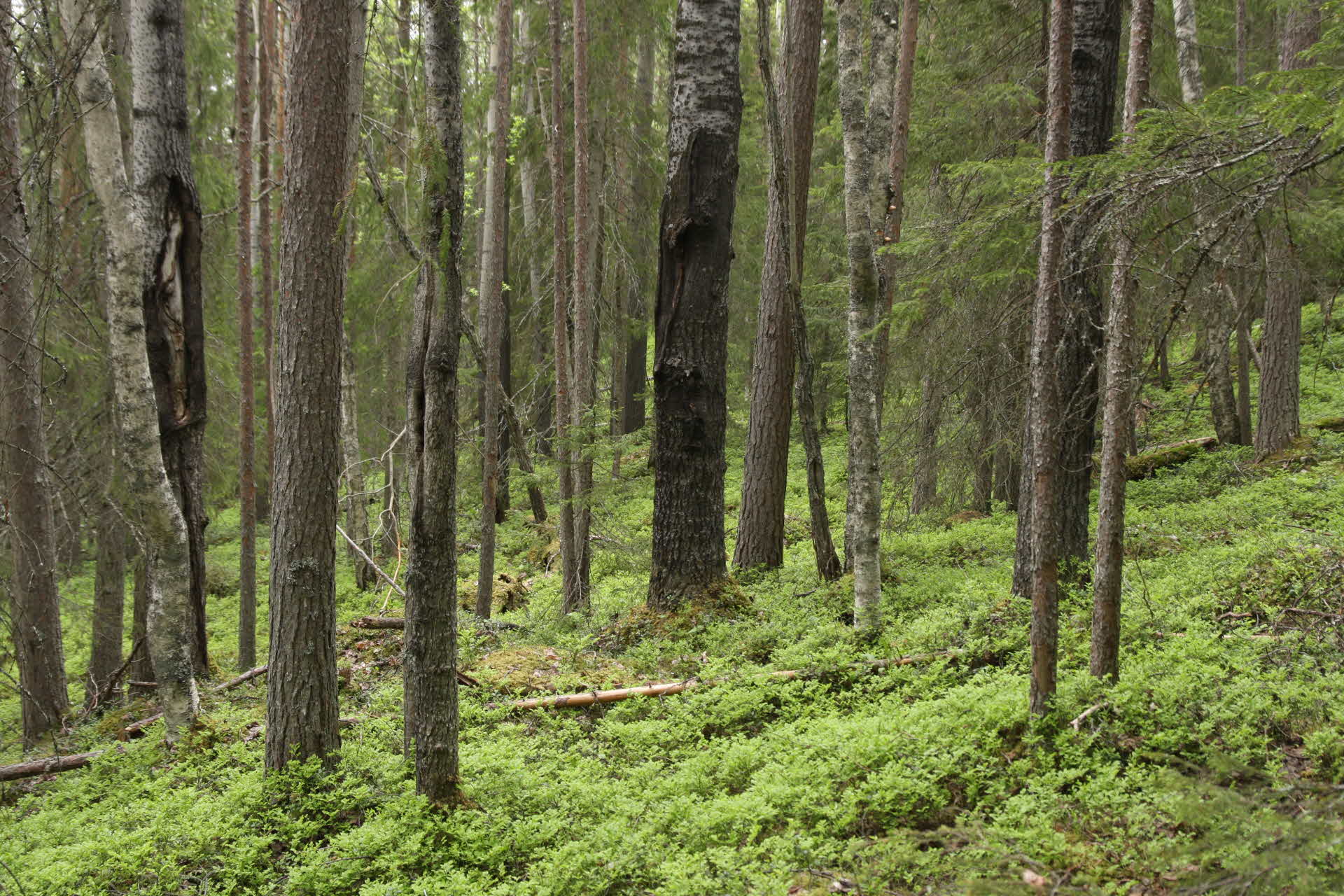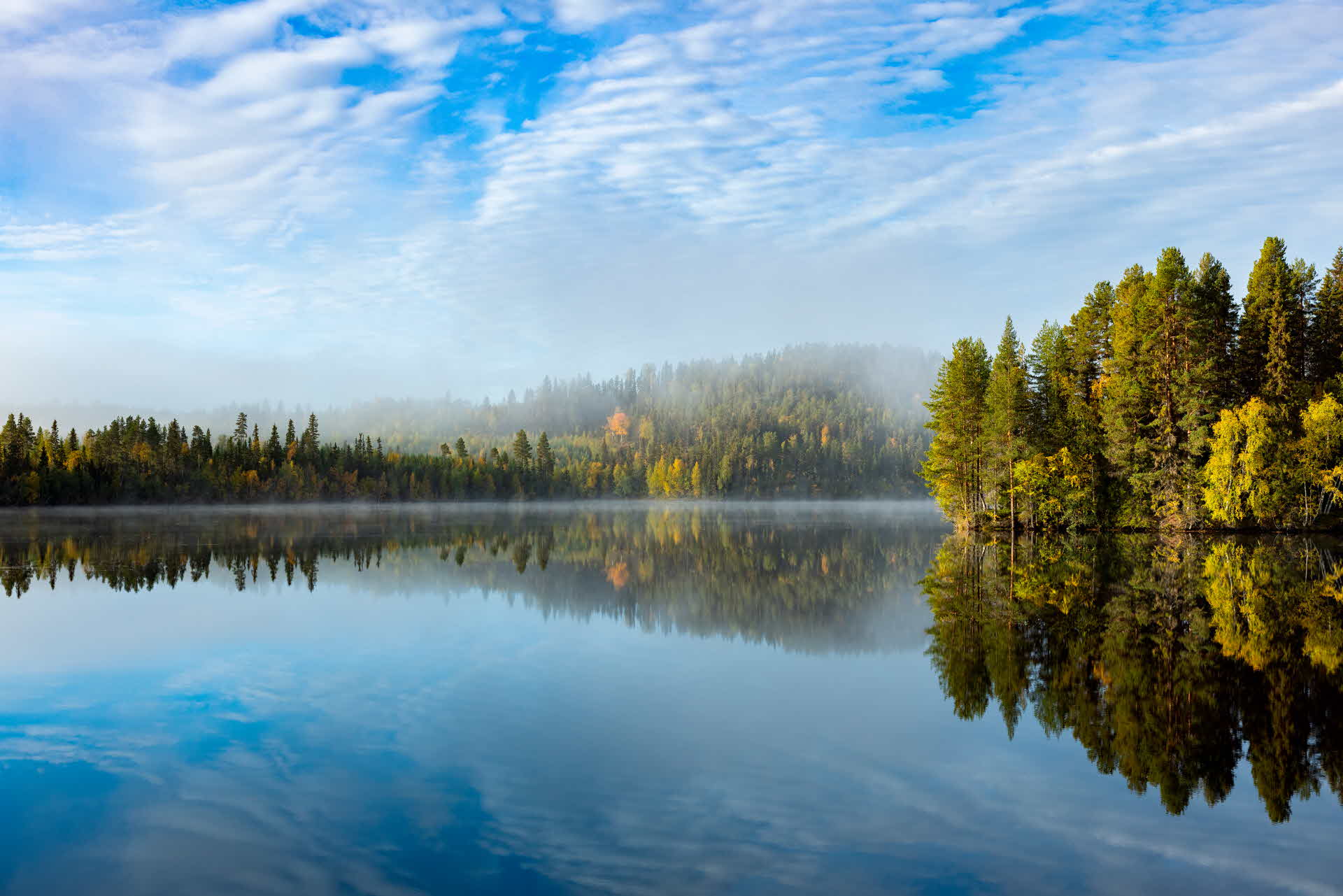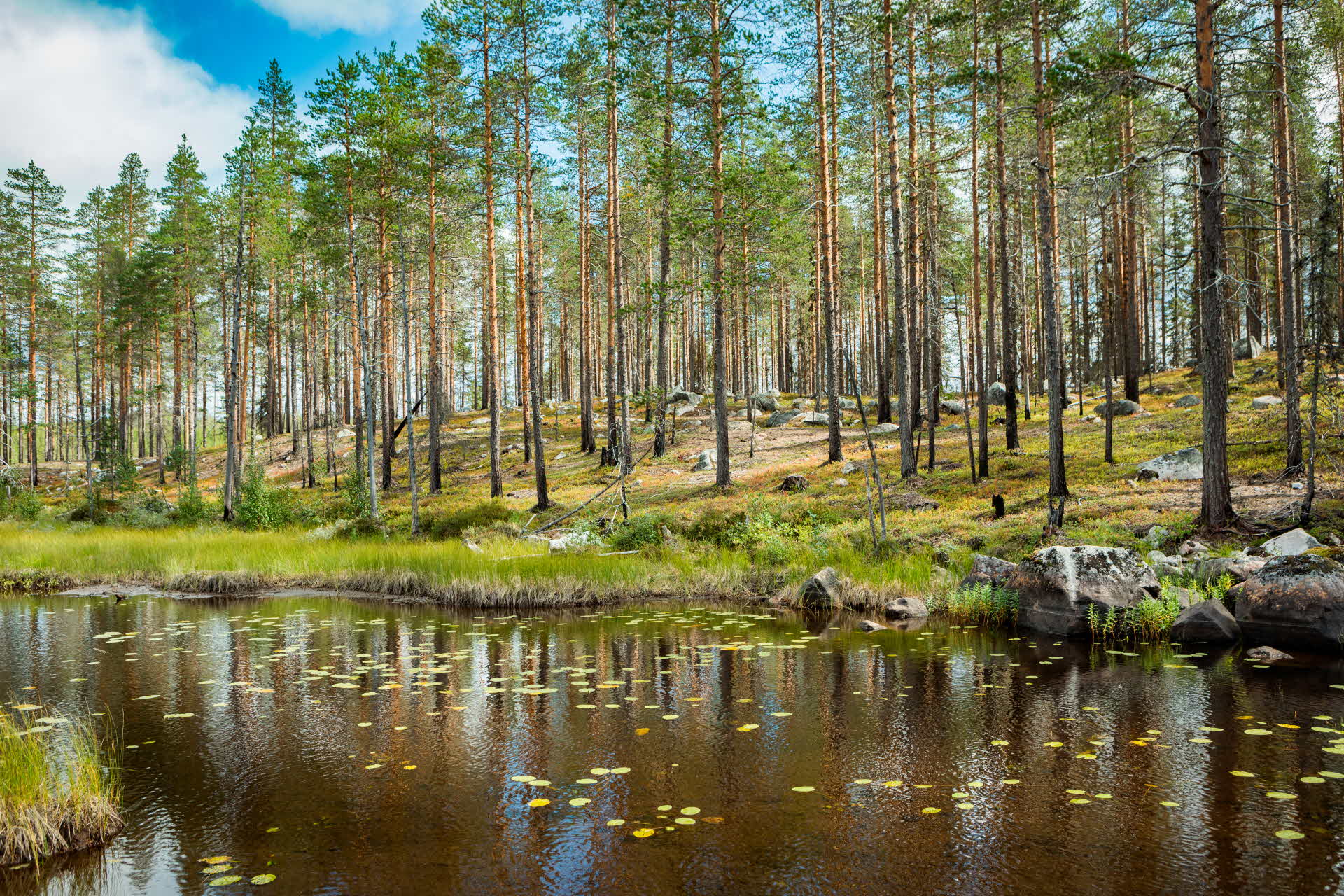
- FOREST
- SCA's FORESTS
- RESPONSIBLE FORESTRY
- INDICATORS FOR BIODIVERSITY
Indicators for biodiversity
Dead wood, old deciduous trees and old forest are a few examples of indicators of biodiversity in the forest landscape. This means they represent important factors to ensure a diversity of species. SCA has monitored the development of five different indicators in our land holdings over time and the result has been very positive. The different indicators have risen by about 30–100% in a relatively short period of time.
Measuring and assessing the impact of various efforts to promote biodiversity is complex. Most initiatives are moreover long-term and the results are often not seen for some time.
As one approach to studying developments, we monitored five indicators that forest research considers relevant to biodiversity. The five indicators are: dead wood, old deciduous trees, deciduous trees, and old forest with specific indications of conservation value.
Dead wood important for many species
The volume of dead wood is one of the most important factors for biodiversity in the forest landscape. In Sweden, more than 5,000 species depend on dead wood at different stages of degradation, including various bracket fungi, beetles and birds. The supply of thick deciduous trees is another important indicator, as this benefits many bird species, eventually producing habitats in the form of old, dead hardwood. The other indicators are also important for a wide variety of flora and fauna, as they reflect a variation of habitats.
We have monitored the development of the indicators with the help of the Swedish National Forest Inventory at SLU, which publishes data for the whole of Sweden based on a large number of sample plots. It has many sample plots on our land and the figures we present are based on its estimations from these plots.
Initiatives yields results
Given the uncertainty regarding data for individual years, we mainly monitor developments in the longer term. We chose a mean value of outcomes between 1996 and 2000 as a base. Changes since then have been highly positive and are mainly a result of our initiatives in the form of voluntary set-asides, that we have taken a broader conservation approach and because we have changed our conservation strategy.
- The volume of dead wood has increased by approximately 39%. The increase is mainly because we have left dead trees and created dead wood during harvesting, in addition to dead wood being left following storms (2011, 2013) and insect damage (2009–2016).
- The volume of deciduous trees has increased by 24%. This is primarily as we are leaving more deciduous trees as basic environmental consideration during clearing, thinning and regeneration harvesting.
- The volume of thick deciduous trees in our forests increased by 92%. The increase was mainly in old forest.
- The percentage of old forest (older than 140 years) has increased by 36%. The increase was primarily the result of aging of voluntary set-aside forest.
- The percentage of old forest with specific indications of conservation value has increased by 42% since initial estimations in 2005. The specific indications of conservation value include high stand age, thick trees, dead wood and tree stratification.


